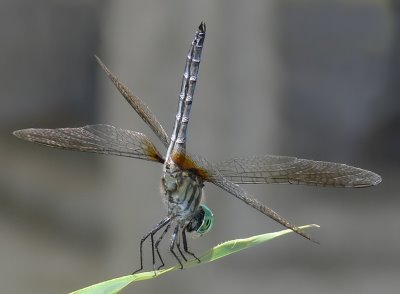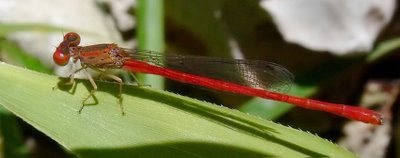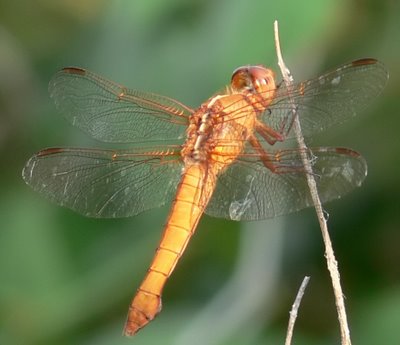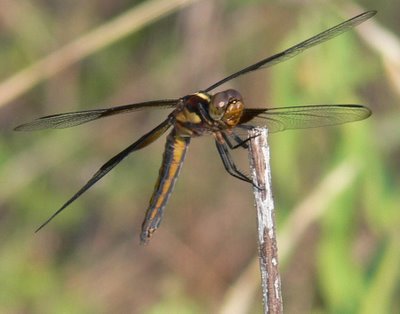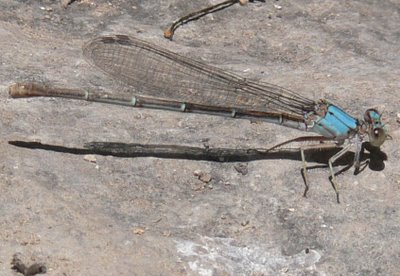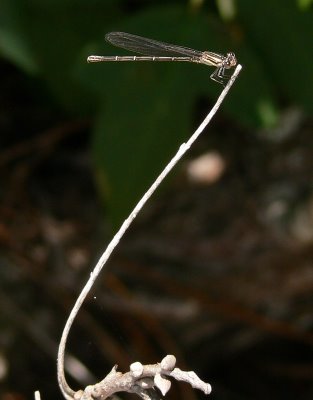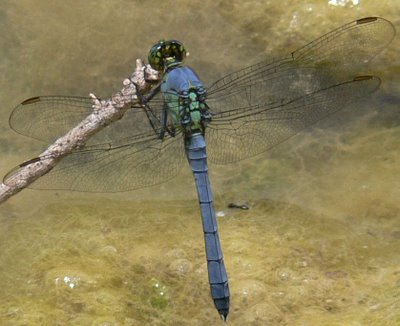A month or so ago a blogger writing under the pen name of Thomas Hawk complained, in his blog, about the well-known photographer
Jill Greenberg putting up a photo exhibit of small children, all sobbing. According to Hawk, they had been induced to cry by Greenberg herself, who would offer the children--who all seem to be about 3 years old--something they wanted, like a lollipop, and then would take it away.
"The children I photographed were not harmed in any way," said Greenberg. If the lollipop business is true, that would be something of an equivocation.
The photos sell for several thousand bucks a print, and, on the walls of those who can afford such reminders, illustrate the tragedy of the human condition and the peril facing future generations through religious fundamentalism, to summarize to the art-talk press release of the gallery showing them. Hmm.
Hawk said it was abusive and wrong. I tend to agree with Hawk on that. He also said that he thought Greenberg should be arrested for child abuse. I am not sure it rises to that level.
You can see the exhibit
here, if you wish, at least for the moment.
But now, it seems, Greenberg and husband are trying to shut Hawk up by contacting his employer, trying to get him fired, and also threatening to sue for libel. You'd think if they are calloused enough to play somewhat cruel tricks on small children for money, or art, that they wouldn't be so thin-skinned. But I guess you would be mistaken.
It's interesting that the apologiae for Greenberg in the comments to
Hawk's original post all resort implicitly to the the romantic cult of the artist as Nietzschean ubermensch. Strange that this (you'd think) archaic religious system has survived intact, in all the arts, from the late 19th century through modernism and whatever chapter and verse of post-postmodernism we are living through now. Its persistence probably deserves some sort of attention.
The problem for Art is that It gets harder and harder to throw off the shackles of bourgeois convention. Short of non-ritual cannibalism or deliberately making small children cry to take photos allegedly representing the sorrow of our times, it can't be done.
And sometimes throwing off the shackles doesn't work the way you expect.
Once, many years ago, Kay and I went to a reading of a short story by a serious young writer. A friend of the writer had urged us to go.
Anna was about 9 years old. We didn't have a baby sitter, but Anna was always quiet and amused herself when taken to grown-up places. She had a couple of her cherished Tin Tin books. We went in and sat down, and Anna began reading one of her books, and was lost to the world.
The writer was an intense, goateed, kinda scrawny starving-artist looking guy with thick glasses, overcompensating perhaps for his Woody Allen stature by shaving his head and wearing motorcycle boots. I vaguely remember a tatoo.
He looked out over the audience and scowled. He began reading. It quickly dawned on Kay and me that his story was an elaborate, and hopefully completely fictional, account of a sadistic rape and murder he imagined himself committing. It involved kidnapping, bondage, torture, disembowelment, and blood, prior to the execution.
As he read, he began exhibiting facial tics and showing signs of great distress, pausing occasionally, to scowl especially fiercely at Anna, who was oblivious to this, and at Kay and me. Both of us at that point considered getting up and leaving, taking Anna out. But, I thought, she's completely unconscious of the reading. It would be disruptive, and perhaps embarrassing to the writer. Such was my thinking. Kay apparently thought something similar. Maybe we looked at each other and shrugged. I don't remember now.
But I do remember that the writer's forehead broke out in sweat, as he was describing some gruesome act of defiance of bourgeois convention, which I somehow imagined he would have read boldly and with provocative fervor before another audience.
His voice rose in pitch and would break occasionally.
He halted several times, glaring in our general direction, though with the thickness of his glasses, I obtusely imagined at the time that he might just be overcome with the emotion of reading, and simply pausing to peer around his audience.
But it became clear that it was us.
Finally, he slammed his notebook shut, shouted in a sort of anguish, "I can't do this here! With _her_ in the audience," pointing at Anna, and stalked out in a great fury.
Anna was still completely absorbed in her book, and knew nothing of it.
So we all got up and left.
(This blog entry is an expansion and digression on a brief comment I made to Idyllopus's post on the same subject at
Meanwhile back at the ranch.)






